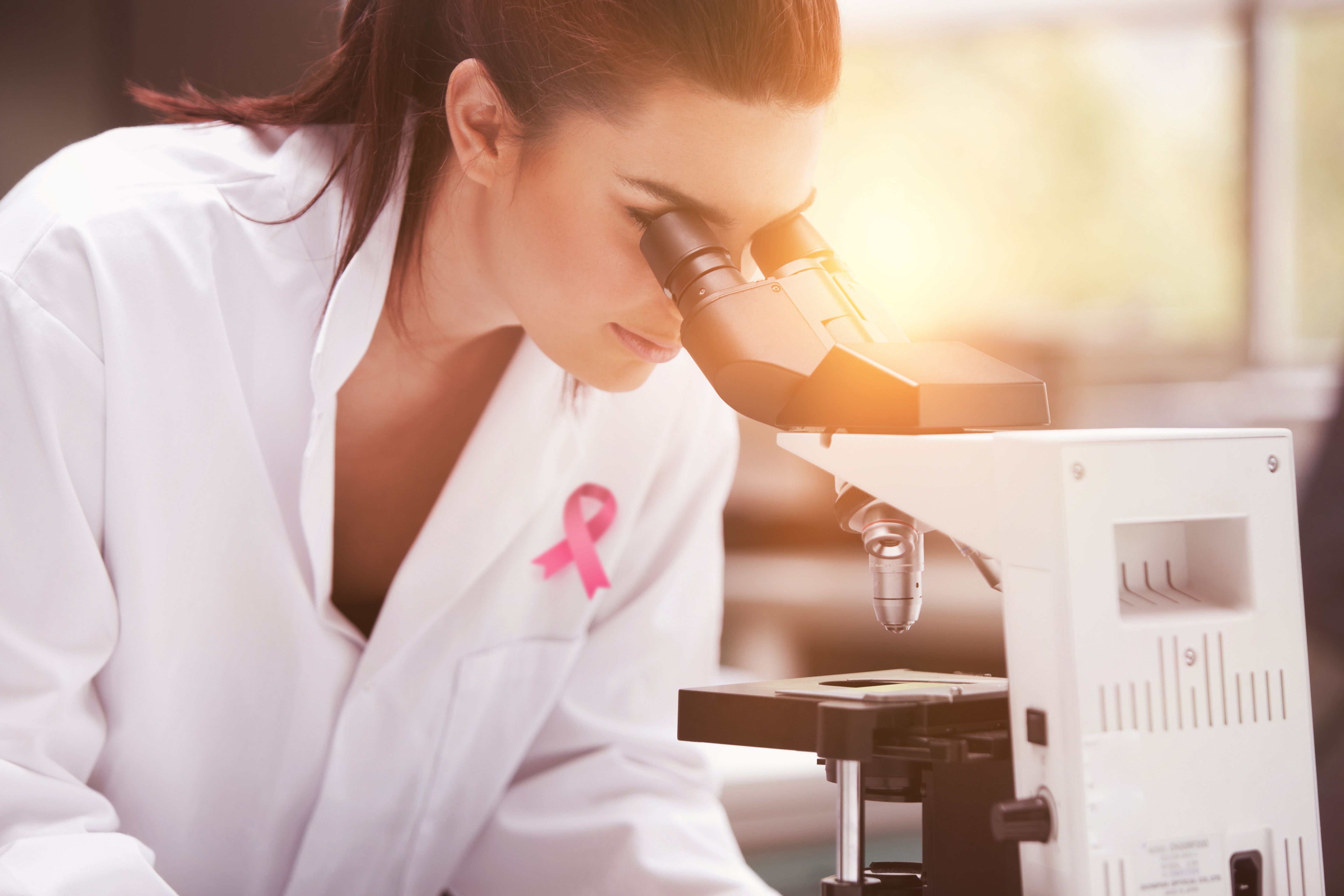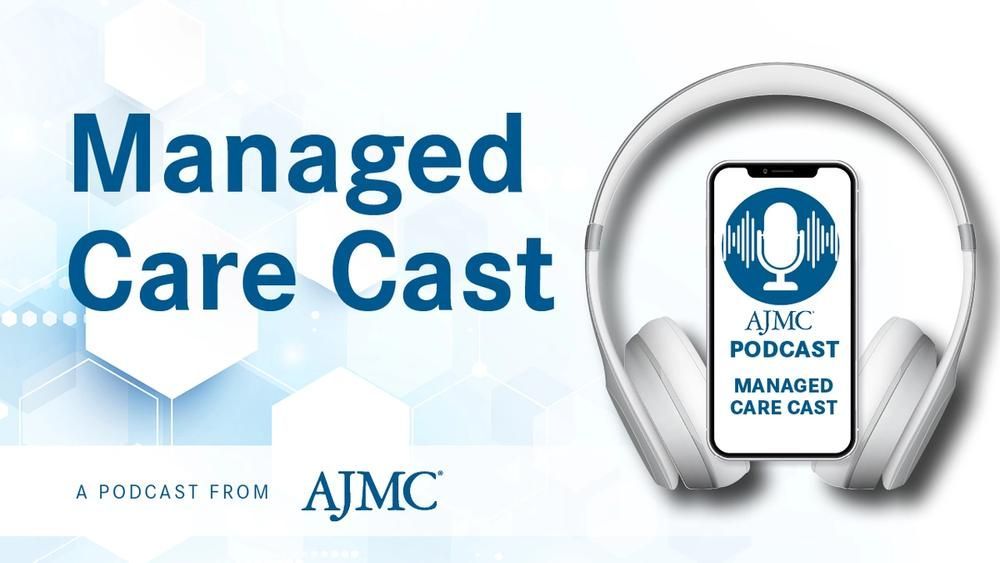Commentary
Video
Telemedicine's Transformation of Oncology Care During, After the COVID-19 Pandemic: Dan Nardi, MS
Author(s):
Dan Nardi, MS, CEO of Reimagine Care, claims that on-demand cancer treatment via telehealth is the future of oncology care delivery.
In part 2 of an interview with The American Journal of Managed Care®, Dan Nardi, MS, CEO of Reimagine Care, explores how the widespread implementation of telehealth during the COVID-19 pandemic positively impacted oncology care. He also outlines how telehealth continues to be used within oncology 5 years after the onset of the global public health emergency.
Watch part 1 to learn about the pandemic's effects on oncology care, cancer screenings, and patient outcomes.
This transcript has been lightly edited for clarity; captions were auto-generated.
Transcript
What impact did the rapid adoption of telemedicine during the COVID-19 pandemic have on oncology care?
For patients who were going through their treatment, they were still having to go into the clinic. We still don't have a reliable way to provide chemotherapy in the home for these patients, so we still had to ask these patients who have compromised immune systems to go into the clinics [and] the hospitals to receive their chemotherapy.
Yes, there were protocols put in place, security measures taken, masks, and everything else. Still, you're asking someone to take extra risks to come in and receive their treatment. What we really saw with the rapid adoption of telemedicine was all those wraparound services and support.
Traditionally, it was a phone-based triage system for symptoms. Patients, as they're going through their treatment, if they have any symptoms, issues, or reactions as they're going through that, they would call back into the clinic and be put into a phone triage line or maybe leave a message and get a call back.
One of the things we really saw was this rise of this on-demand cancer care and being able to get patients answers in the moment, really leveraging technology and not having it be so human-centric and having to throw bodies at a triage line. I think that was one of the best things that really came out of this is the combination of technology with the existing care teams to really be able to support patients at scale. I think it was a huge, huge win out of this.
There's burnout in the supply side of cancer care with RNs [registered nurses] and NPs [nurse practitioners] leaving the workforce. We already have a shortage of oncologists, so you can't just keep asking the existing care teams to support more and more patients. Using technology and the willingness of patients to use technology, telehealth, and text-based communications was rapidly adopted during the COVID-19 pandemic. I think it was a huge win to move this part of cancer care delivery forward very quickly.
How is telemedicine still being used in oncology care today?
I think we still see really high adoption of telehealth, and I think that's extremely important. Again, it goes back to that supply and demand issue. Being able to use technology is huge. For some patients, this is extremely welcome, maybe more rural patients or patients who don't have the ability to go into a clinic as much. I think being able to combine that technology has such an impact.
We talk a lot about financial toxicity with care delivery, especially with cancer care being the number one driver of medical bankruptcy. There's also a time toxicity, and I think that's really important. It's something we don't talk as much about; there's a time toxicity for the patients, there's one for the providers, obviously, and then also for caregivers.
If you think about something that, traditionally, we would have asked a patient to show up in the clinic for. "Come into the clinic, and we'll talk about your symptoms or the reactions you might be having," but it's not just them.
They're going in with a caregiver for a lot of these visits, or caregivers are required for their chemotherapy treatment. If you can help provide and get high-quality answers and support for patients without them having to leave the comfort of their own home, that really saves them a lot of time, and it saves their caregivers a lot of time.
Again, if you can use technology to answer a lot of this and provide a lot of the initial triage and support, you're reducing the time toxicity on the provider and the existing clinical team, as well. I think that is one [use] that still to this day persists.
I think we, as a society, have learned to adopt, embrace, and actually appreciate the ability to get on-demand care. Everyone's so on demand with Amazon and Netflix. As a society, we've gotten so used to just being able to get what we need and answers we need on-demand, or meals delivered on-demand, or Ubers to show up on-demand.
To now be able to do a similar type of approach with your cancer care and getting you that support in the moment, on-demand, I think is extremely beneficial. That's going to be the future of cancer care delivery as an entire system.





